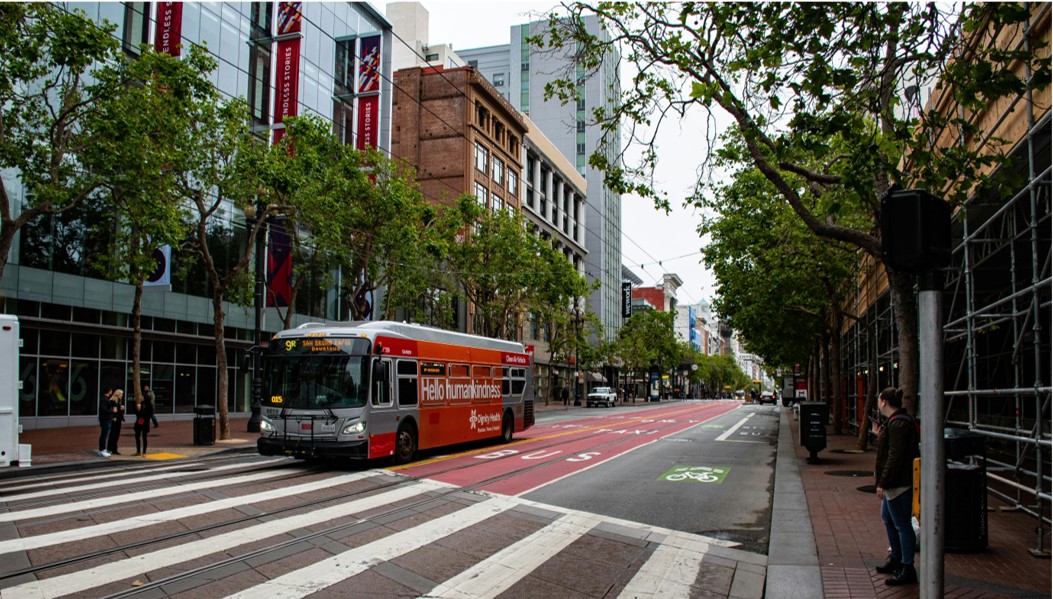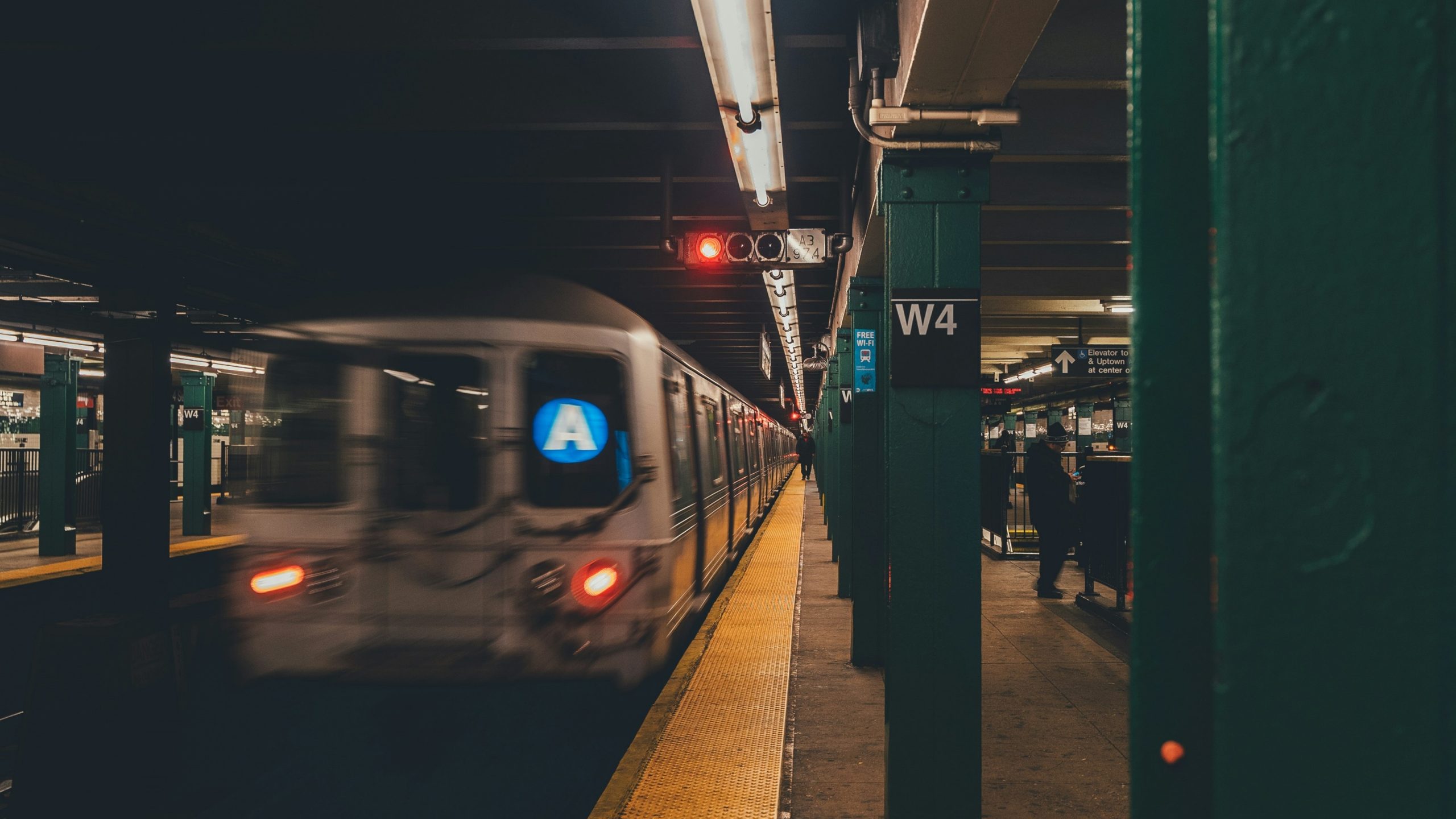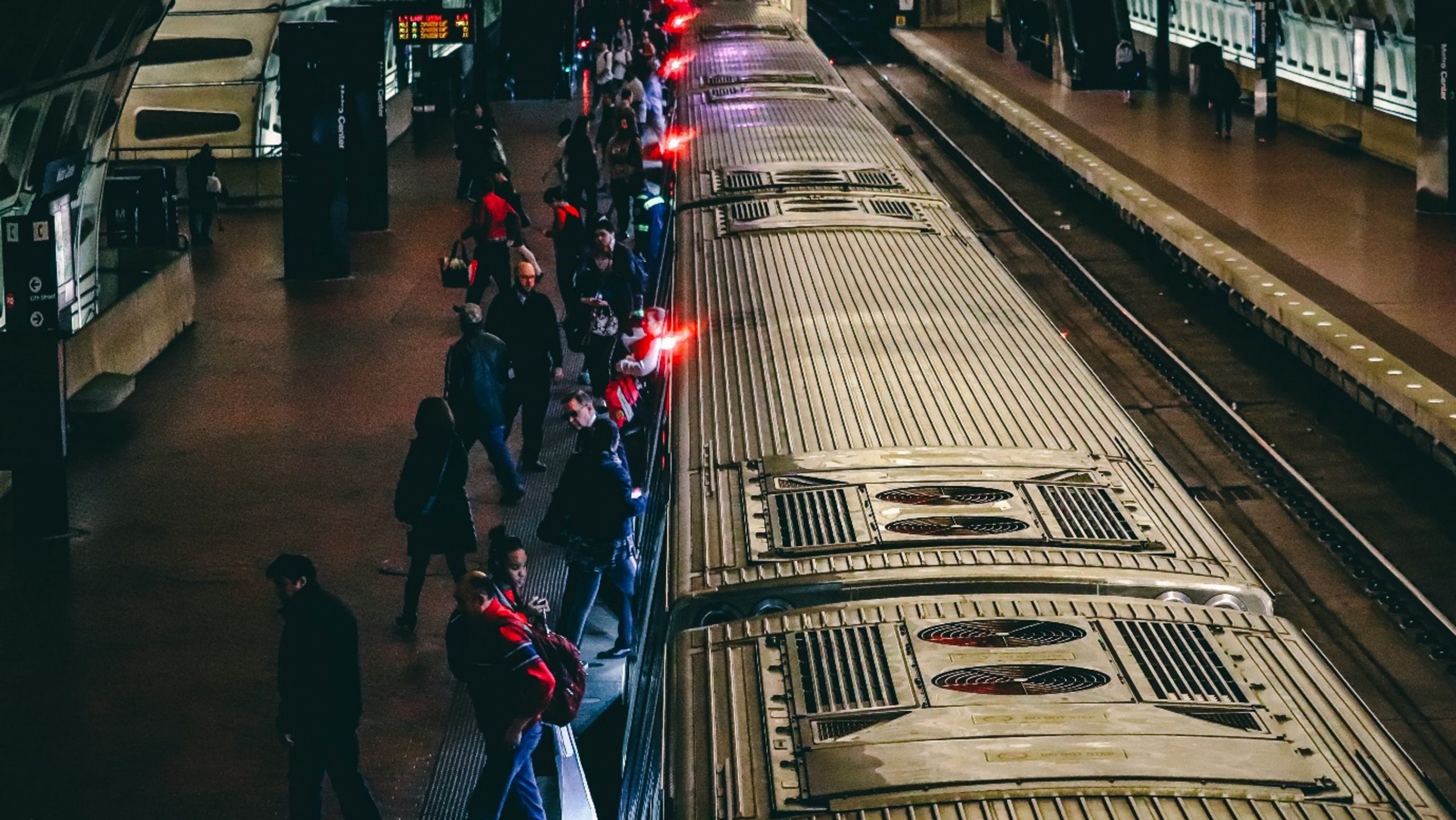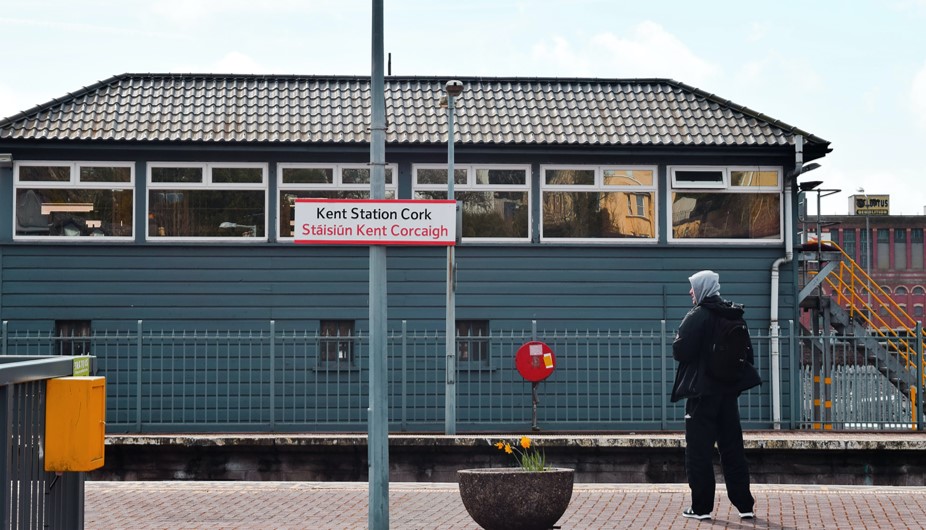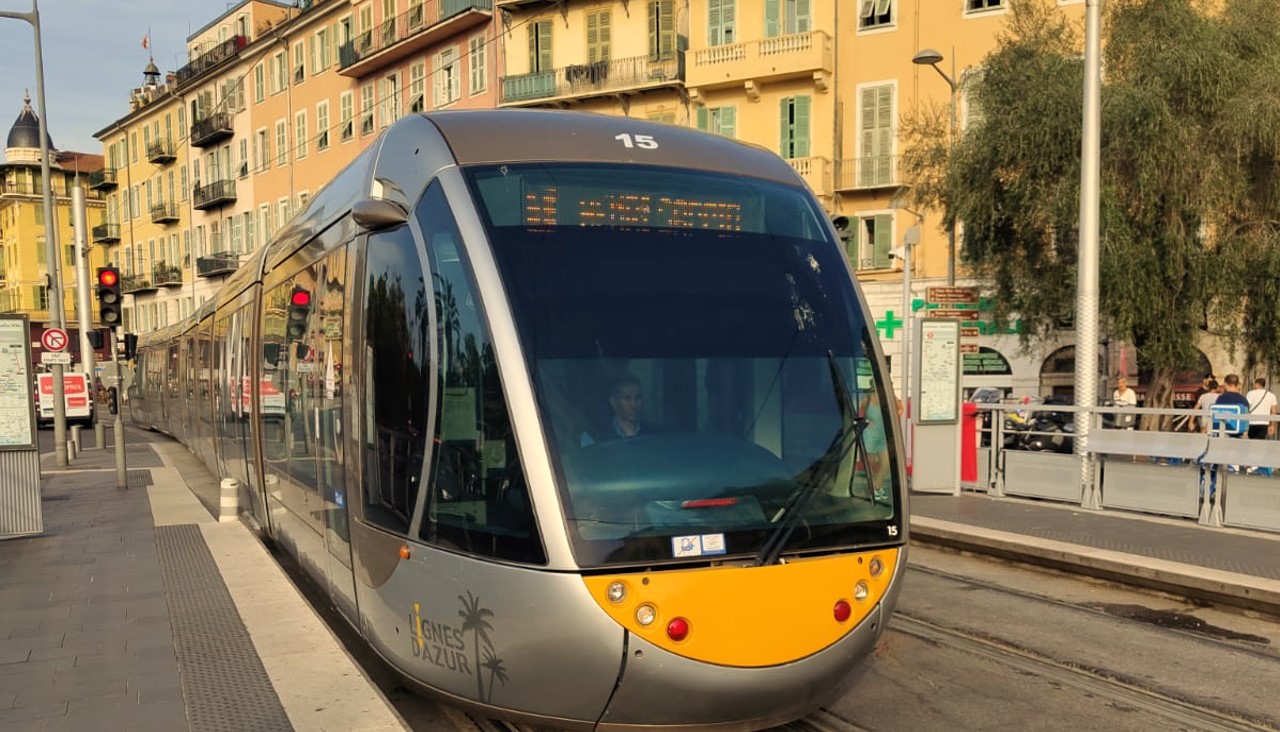Fare evasion in public transport has become an increasing concern for ATB (Azienda Trasporti Bergamo) and TEB (Tramvie Elettriche Bergamasche) in Bergamo. The fare evasion rate reached 7.5% in 2023, up from 6.3% in 2022. This rising trend has continued until 2024, highlighting the need for urgent and effective measures. Fare evasion causes significant...
Tackling Fare Evasion in Bergamo: A Growing Challenge for ATB and TEB
Record Number of Fare Evaders in North Rhine-Westphalia
Fare Evasion and Rail Safety Concerns Escalate
A recent report from Verkehrsverbund Rhein-Ruhr (VRR) highlights a significant increase in fare evasion cases in North Rhine-Westphalia, Düsseldorf. Last year, nearly 12,900 individuals were caught without valid tickets, an increase of 3,500 from the previous year. This number only accounts for detected incidents, indicating a potentially higher number of unreported cases. Public transportation...
Turin’s Comprehensive Checks Reveal High Rate of Fare Evasion on Public Transport
A Third of Passengers on Turin’s Buses and Trams Caught Without Tickets
The San Carlo Carabinieri and GTT conducted comprehensive fare evasion checks on Turin’s public transportation system from Friday, May 31, to Sunday, June 2, 2024. The inspections targeted 4, 11, 55, and 58 bus and tram lines in the City Centre District, affecting 23 vehicles and about 750 passengers. The operation revealed that 210...
LA Metro Introduces Tap Out System to Combat Fare Evasion
Pilot Program at North Hollywood Station Aims to Reduce Fare Evasion and Enhance Security Measures
In order to reduce fare evasion, the Los Angeles County Metropolitan Transportation Authority (LA Metro) has launched a new pilot program at the North Hollywood B Line stop. Starting last week, Metro riders must tap their transit cards both when entering and exiting the station. This new requirement, a significant departure from the current system...
Milan’s Metro Tackles Fare Evasion with New Dual Strategy
Implementing Enhanced Surveillance and Technological Innovations
Over the past three years, Milan’s metro has seen a troubling increase in fare evasion, rising from 1% to 4%. A seemingly Olympic discipline, “turnstile jumping” has not only become more common but has also evolved into various forms, including pushing through and sneaking behind others at barrier-equipped entries. Recognizing the financial drain—a single...
Muni Hires Additional Fare Inspectors
San Francisco's Muni Faces Rising Fare Evasion, with figures doubling since 2019
As of 2024, the San Francisco Municipal Transportation Agency (SFMTA), which operates Muni, is facing a significant increase in fare evasion rates, which have almost doubled from 12.8% in 2019 to an estimated 20.8%. In response, Muni is considering increasing its workforce by hiring additional fare inspectors, aiming to return to the staff levels...
New York City Deploys 800 Officers to Combat Subway Fare Evasion
Increased Law Enforcement to Address Safety and Fare Compliance in NYC Subways
New York City has increased its efforts to combat subway fare evasion by deploying 800 additional police officers. This measure, announced on March 25, 2024, aims to tackle the sharp rise in turnstile-jumping: over 1,700 people have been arrested this year for turnstile-jumping, up from 965 in 2023, and 28,000 tickets have already been...
Fare Evasion Faces New Penalties in D.C.
D.C.'s Legislative Response to Protect Public Transit and Its Users
In response to rising concerns over fare evasion, the Washington Metropolitan Area Transit Authority has welcomed the Secure D.C. Crime Bill, enabling Metro Transit Police to enforce stricter measures. Effective immediately, individuals caught evading fares must provide their identity, with non-compliance resulting in arrest or a $100 fine. The legislation also escalates penalties for...
Addressing Fare Evasion on Irish Rail
Insights and Strategies from the National Transport Authority's Study
A recent study by the Irish National Transport Authority (NTA) has unveiled a 6% fare evasion rate on Iarnród Éireann rail services, the national operation from Ireland, leading to an estimated annual revenue loss of €12.3 million. The study, encompassing nearly 21,000 passengers from January 2022 to March 2023, has been crucial in...
Nice Reactivated Fare Gates and Boosted Staffing to Combat Fare Evasion
Lignes d’Azur implemented a comprehensive plan to counteract an annual loss of 5 million euros due to fare fraud.
The fare gates at Nice’s underground tramway stations have been reactivated after being previously disabled for the COVID-19 crisis due to safety concerns about passenger proximity. Last month, Gal Nofri, the president of Lignes d’Azur, announced this as one of several initiatives to combat fare evasion. This fraud reportedly results in an annual loss...





